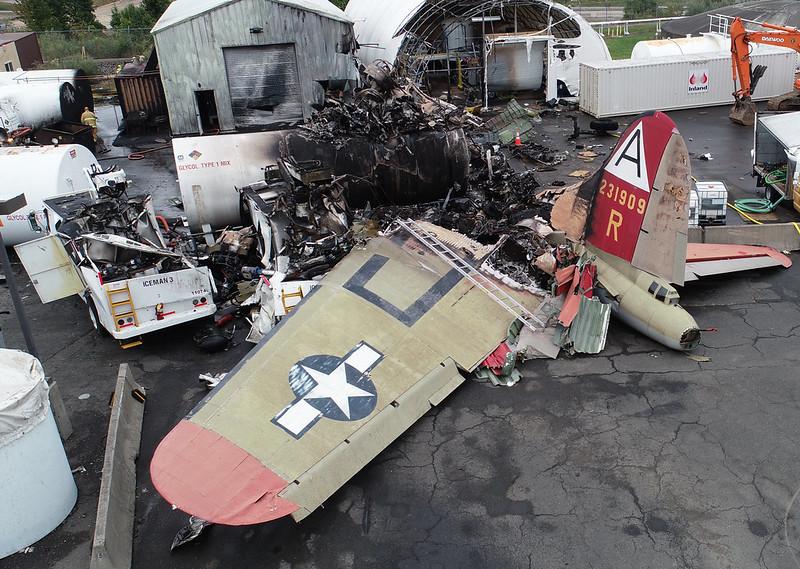
The NTSB is calling for stricter FAA oversight of commercial passenger-carrying flights conducted under Part 91 general aviation rules, including moving all air tours under Part 135 operating requirements. During a March 23 virtual meeting, NTSB board members made six safety recommendations after...
Subscription Required
This content requires a subscription to one of the Aviation Week Intelligence Network (AWIN) bundles.
Schedule a demo today to find out how you can access this content and similar content related to your area of the global aviation industry.
Already an AWIN subscriber? Login
Did you know? Aviation Week has won top honors multiple times in the Jesse H. Neal National Business Journalism Awards, the business-to-business media equivalent of the Pulitzer Prizes.
